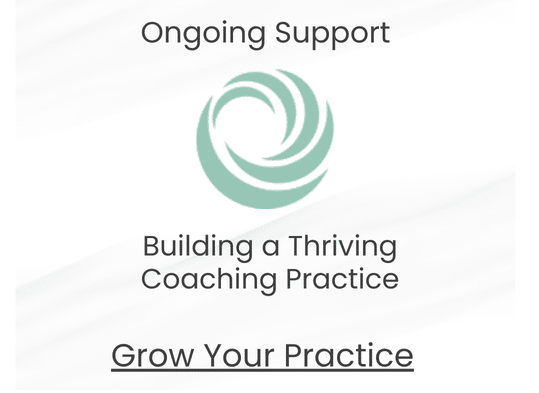by Louis Cinquino
The notice popped up on my computer—and I signed up immediately.
A Facebook friend, remarkable health coach and yoga instructor Jessica Sandhu, had alerted me that Pema Chödrön, the revered American Buddhist nun and best-selling author of such works as When Things Fall Apart, would be teaching a weekend program in Vermont.
I didn’t even stop to see what the topic was—Ani Pema, as nuns in the Tibetan Buddhist tradition are referred to, is a meditation rock star, and I’ve wanted to sit with her since listening to her on cassette tapes in my first Subaru (I’m on my fourth now, and sadly, no cassette player).
When I realized that her talks would be on “Three Steps to Courage: Working Compassionately with Difficult Emotions,” I was even happier. This would be my big chance to summon the courage to step away from all the dark emotions that keep me from feeling and being my best.
Yet to my surprise, what I found is that real courage—and the source of true transformation—comes from stepping toward those difficult emotions.
The courage Ani Pema describes, and what I’d like to share with you in upcoming posts, is the courage to break from the habitual reactivity and burning cravings that we have surreptitiously integrated into our lives. We do this by moving our awareness toward those fires, not ignoring them or trying to stomp them out at the first sign of smoke.
Here’s how.
Step One: REFRAIN from escalating the storyline and acting upon your emotional reactivity.
Step Two: TRANSFORM the emotions without judging them.
Step Three: AWAKEN through being in direct experience of those emotions, which hold the wisdom of our shared humanity.
With these steps, Ani Pema teaches that we can expand our emotional range and develop the resilience to be true to our nature, even as circumstances roil around us. My upcoming posts will take us through each step and explore what we can learn from her perspectives.
As I’ve sat with her teaching in recent weeks, I’ve come to think of our capacity to be with difficult emotions as analogous to being with our own beating heart. Imagine what a healthy heartbeat looks like on a EKG machine: some scattered little ups and downs, then a huge jump up and drop down, signaling the heart’s pumping action. Compare that to what a failing heart looks like: little to no amplitude in the heartbeat, slower and slower beats. No ups, no downs, just flatlines.
So keep that in mind—being healthy isn’t about eliminating the ups and downs, it’s about embracing them. In fact, it’s about widening the range and variability of how our heart responds to the rigors of life.
That’s how I came to think of Ani Pema’s teaching: It’s not our goal to eliminate the emotional ups and downs of our life and face the world in a detached, unfeeling state. Those feelings are gold—they are what make us human and bind us to each other in compassion.
The goal of being human is to feel it all—without indulging too heavily in the emotions that keep us from being who we want to be.
In so doing, we expand our range of emotions, understand better how they affect us, and respond with clear thinking and kindness to ourselves—so we can use the transformative energy of those emotions to keep showing up at our best.
What’s more, like that heartbeat sending vitality to our bodies, the ripples of us being at our best expand like waves throughout our life, even to others who are suffering.
In keeping with her Buddhist traditions, Ani Pema referred to this work during her talks as “arousing bodhicitta”—the act of building our compassion and sending it out to the world to alleviate suffering.
Here’s an earlier teaching from Pema Chödrön on the nature of bodhicitta.
She emphasized this point within the first few minutes of her first talk at Pema Osel Do Ngak Choling, the East Coast study and practice center for the Mangala Shri Bhuti sangha in eastern Vermont. By working on ourselves, we can encourage others to live happier as well, she said—which, in turn, feeds our need for meaning in our lives.
I knew, right then and there, that she was on common ground with those of us in the field of positive psychology.
Seems to me that the ripple effect she describes is a key element of what’s considered the most famous and most succinct finding of positive psychology, coined by pioneering researcher and teacher Chris Peterson: “Other people matter.” Peterson’s mantra captures the heart of compassion and lovingkindness.
My next post will get us started on this common path by taking our first big step: refraining. If that sounds like just doing nothing, think again. Refraining is an active, deliberate process that requires our undivided attention—and makes all the difference as we learn to be with difficult emotions.
Louis Cinquino is a writer, editor, runner, dad, and graduate of CiPP4. His personal observations, discoveries, and training plan as he prepared for the Fifth Avenue Mile race were featured in “The Mulligan Mile,” (Runners World, September 2013). The article forms the basis of his memoir, currently awaiting publication. He also develops online advertising and has worked with Wholebeing Institute to promote its website and course enrollment. You can read more from Louis on his blog, TakingMulligans.com.


 Louis Cinquino is a writer, editor, runner, dad, and graduate of CiPP4. His personal observations, discoveries, and training plan as he prepared for the Fifth Avenue Mile race were featured in “The Mulligan Mile,” (Runners World, September 2013). The article forms the basis of his memoir, currently awaiting publication. He also develops online advertising and has worked with Wholebeing Institute to promote its website and course enrollment. You can read more from Louis on his blog,
Louis Cinquino is a writer, editor, runner, dad, and graduate of CiPP4. His personal observations, discoveries, and training plan as he prepared for the Fifth Avenue Mile race were featured in “The Mulligan Mile,” (Runners World, September 2013). The article forms the basis of his memoir, currently awaiting publication. He also develops online advertising and has worked with Wholebeing Institute to promote its website and course enrollment. You can read more from Louis on his blog, 






